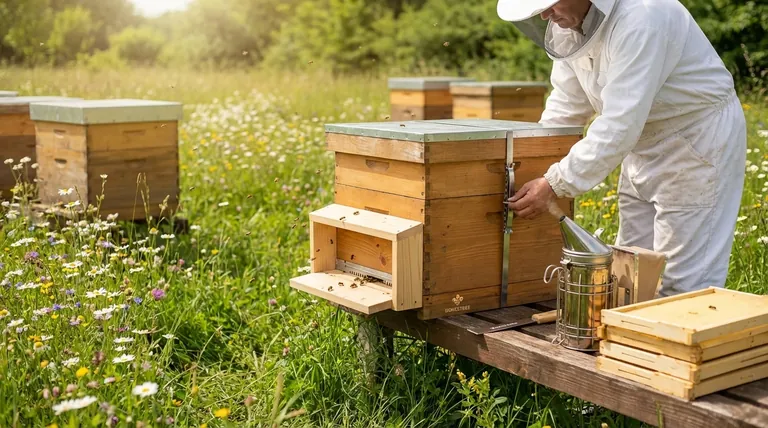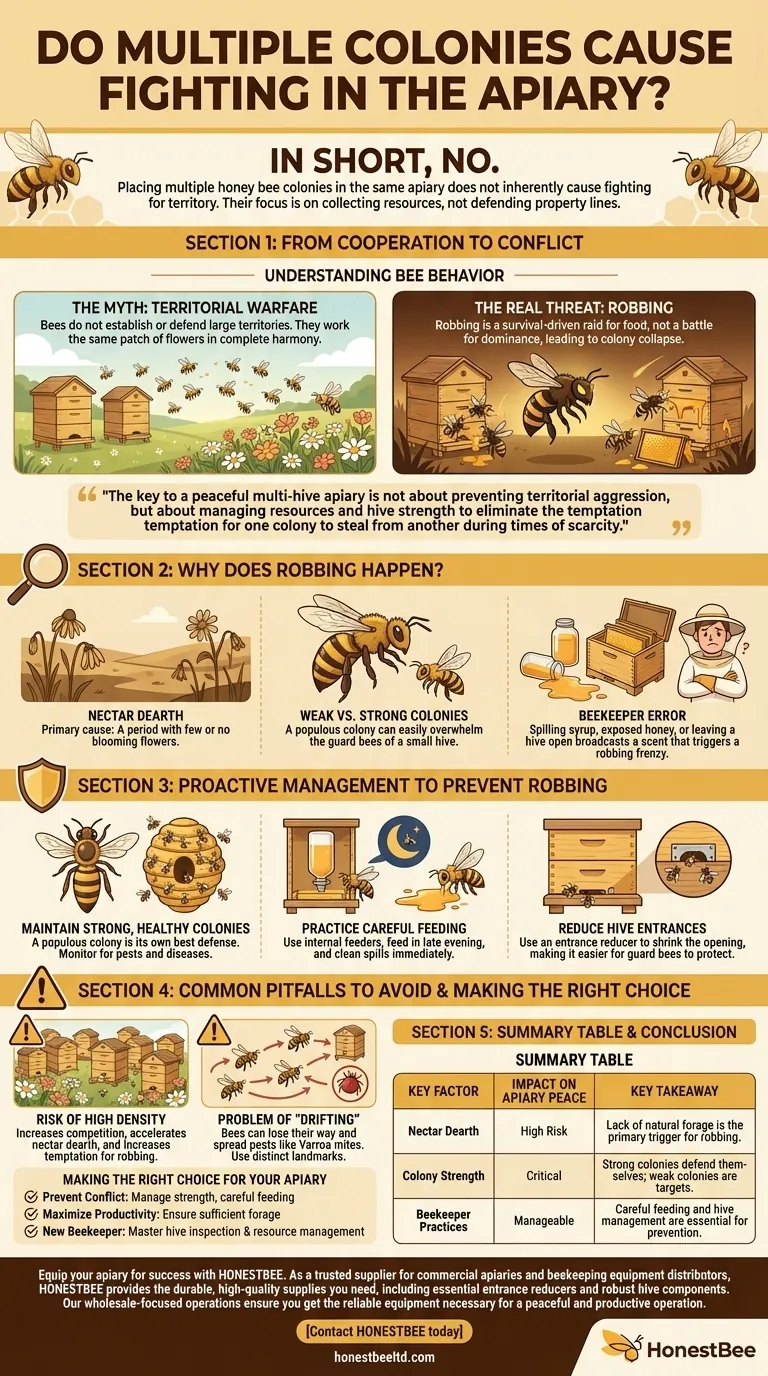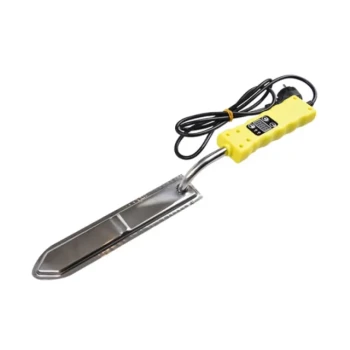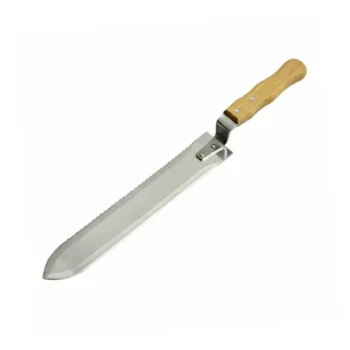In short, no. Placing multiple honey bee colonies in the same apiary does not inherently cause them to fight for territory. Bees from different hives will forage in the same fields without issue, as their focus is on collecting resources, not defending arbitrary property lines. The real danger is not organized warfare, but an opportunistic behavior called robbing.
The key to a peaceful multi-hive apiary is not about preventing territorial aggression, but about managing resources and hive strength to eliminate the temptation for one colony to steal from another during times of scarcity.

From Cooperation to Conflict: Understanding Bee Behavior
Honey bees are remarkably cooperative, even between colonies. However, certain environmental pressures can shift their behavior from foraging to piracy, leading to a dangerous situation known as robbing.
The Myth of Territorial Warfare
Bees do not establish or defend large territories the way many other animals do. Their world is defined by hive scent and the availability of nectar and pollen. Bees from dozens of different colonies will work the same patch of flowers in complete harmony.
The Real Threat: Robbing
Robbing is a survival-driven behavior where bees from a stronger colony invade a weaker one to steal its honey stores. This is not a battle for dominance but a desperate or opportunistic raid for food.
Once robbing begins, it can quickly escalate, resulting in the death of many bees and often the complete collapse of the targeted colony.
Why Does Robbing Happen?
Robbing is not a random event; it is triggered by specific conditions. The primary cause is a nectar dearth, a period when there are few or no blooming flowers to provide natural forage.
Other contributing factors include:
- Weak vs. Strong Colonies: A powerful, populous colony can easily overwhelm the guard bees of a small or struggling hive.
- Beekeeper Error: Spilling sugar syrup, leaving honey-laden frames exposed, or keeping a hive open for too long can broadcast a scent that triggers a robbing frenzy.
Proactive Management to Prevent Robbing
Your role as a beekeeper is to recognize the conditions that lead to robbing and take steps to prevent it. Good management is the foundation of a peaceful apiary.
Maintain Strong, Healthy Colonies
A populous colony with a healthy queen is its own best defense. They will have enough guard bees to effectively defend their entrance from would-be robbers. Consistently monitor for pests and diseases that can weaken a hive.
Practice Careful Feeding
If you must feed your colonies sugar syrup, do so with extreme care. Use internal feeders to contain the scent, feed in the late evening when bees are less active, and immediately clean up any spills.
Reduce Hive Entrances
Use an entrance reducer on weaker hives to shrink the opening they have to defend. A smaller entrance is much easier for a limited number of guard bees to protect against invaders.
Common Pitfalls to Avoid
Even with the best intentions, certain practices can inadvertently encourage conflict in the apiary. Understanding these pitfalls is crucial for maintaining harmony.
The Risk of High Density
While multiple hives don't cause fighting, a high density of colonies in one location increases competition for local forage. This can accelerate the onset of a nectar dearth and increase the overall temptation for robbing.
The Problem of "Drifting"
Bees can sometimes lose their way and "drift" into a neighboring hive. While they are often accepted, this can be a primary vector for spreading pests like Varroa mites from one colony to another. Staggering hive entrances or using distinct landmarks can help bees orient themselves correctly.
Making the Right Choice for Your Apiary
Your management strategy should align with your primary goals for your apiary.
- If your primary focus is preventing conflict: Your top priority is managing hive strength and being meticulous during feeding, especially during a nectar dearth.
- If your primary focus is maximizing productivity: Ensure your apiary location has sufficient forage to support all your colonies and reduce resource competition.
- If you are a new beekeeper: Focus on mastering the fundamentals of hive inspection and resource management to avoid creating weak, "robber-magnet" colonies.
A well-managed apiary is a cooperative, not a battlefield; your careful stewardship is what ensures peace.
Summary Table:
| Key Factor | Impact on Apiary Peace | Key Takeaway |
|---|---|---|
| Nectar Dearth | High Risk | Lack of natural forage is the primary trigger for robbing. |
| Colony Strength | Critical | Strong colonies defend themselves; weak colonies are targets. |
| Beekeeper Practices | Manageable | Careful feeding and hive management are essential for prevention. |
Equip your apiary for success with HONESTBEE.
Managing multiple colonies effectively requires the right tools and knowledge. As a trusted supplier for commercial apiaries and beekeeping equipment distributors, HONESTBEE provides the durable, high-quality supplies you need to maintain strong, healthy hives and prevent costly robbing incidents.
From essential entrance reducers to robust hive components, our wholesale-focused operations ensure you get the reliable equipment necessary for a peaceful and productive operation.
Contact HONESTBEE today to discuss your apiary's needs and discover how our solutions can support your beekeeping success.
Visual Guide

Related Products
- High Security Emlock Strap System
- Professional Bamboo Queen Isolation Cage
- Durable Galvanized Steel Frame Grip
- Professional Serrated Double-Sided Uncapping Knife for Beekeeping
- Heavy-Duty Galvanized Steel W-Style Pallet Clip
People Also Ask
- What is the correct way to install a ratchet strap to reduce freezing in cold weather? Prevent Seizure with Proper Drainage
- How do you tighten the ratchet strap once it is installed? A Step-by-Step Guide to Secure Cargo
- What are the advantages of galvanized steel wire mesh for a beehive floor? Boost Hive Health & Mite Control
- Is it advisable to manage a large number of hives alone? The Risks of Solo Beekeeping at Scale
- What are the basic components of beekeeping equipment? Build a Thriving Hive from the Start



















